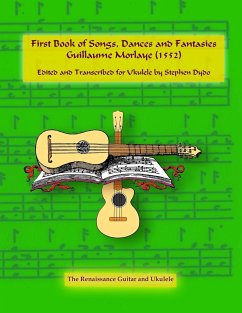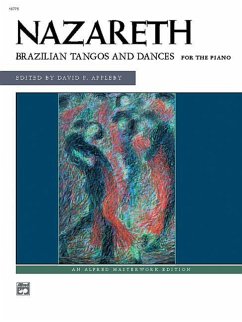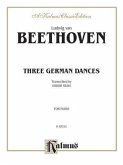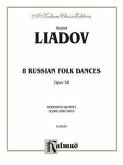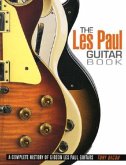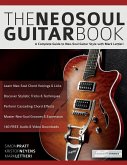First Book of Songs, Dances and Fantasies Guillaume Morlaye (1552) : Edited and Transcribed for Guitar This book is a full and complete transcription of the first of four volumes of guitar music published by Guillaume Morlaye in 1552, "Le Premier Livre de Chansons, Gaillardes, Pavannes, Bransles, Almandes, Fantaisies". These pieces reflected the style, esthetic, and complexity of contemporary French court music, including songs and choral works. Guillaume de Morlaye (c. 1510-c. 1558) was a true Renaissance man. We know him primarily as a lutenist, composer, music teacher and music publisher. He also was very active as a merchant, he also was involved in art engraving and even invested in shipping. It was because of this last that a number of biographers mention his "involvement with the slave trade", as one of the ships was carrying slaves. He lived in Paris, and studied with the very highly regarded Italian lutenist, Albert de Rippe (Alberto da Rippa), who also lived and worked in Paris. In 1552 Morlaye received a ten year license to publish music from Henri II, and between 1553 and 1558 published four lute collections in cooperation with Michel Fezandat and six lute collections compiled by de Rippe. He also published four books of what appear to be his own four-course Renaissance guitar compositions from 1552-53; the last has a number of pieces for the cistre, another plucked instrument about which little is known. (Some of the works may have been copied from other sources; however, at this time it is not altogether clear who copied from whom.) The pieces in this volume fall into three categories: fantasies, somewhat simplified instances of the most advanced lute music; dances, including pavanes, gaillardes, bransles, and other dance forms; and arrangements of polyphonic compositions by some of the great vocal composers of the day, including Pierre Certon, Pierre Sandrin, Josquin des Prés, Clément Janequin and Claudin de Sermisy. Along with his own works, he included works by other guitarists and lutenists, including de Rippe and Simon Gorlier. So Morlaye acted as composer, arranger, editor and publisher for the volumes of music he put out. Each book in this series presents complete volumes of music that appeared in Renaissance times. They will include pieces from the many French publications, but also some from the Spanish and Italian literature. The series goal is to give contemporary readers a chance to enjoy these works complete, in their original setting, and at the same time provide you with the most readable edition.

